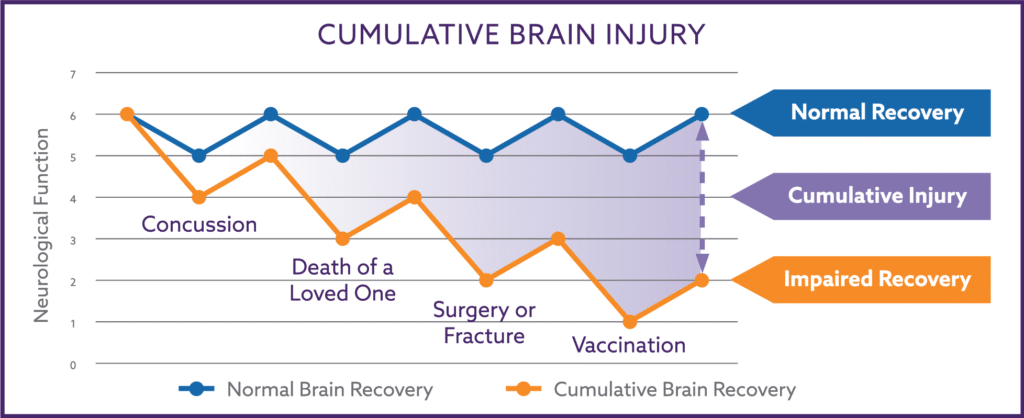The approach taken on this blog is not the Adkin’s diet. Completely eliminating carbohydrates is not the intention, but more a reduction. Reducing the amount of carbohydrates eaten in a day and increasing protein in the diet is one of the best steps toward weight loss. Besides the benefits of weight reduction, reducing carbohydrates in the diet has been found to reduce gastroparesis(often times associated with nausea, heartburn, and bloating). Other common medical maladies can be associated with the autonomic nervous system. These symptoms of a high carbohydrate diet that can be reduced include urinary infrequency, lightheadedness, sensitivity to light, and insulin resistance. Many times readers will ask what is the easiest way to start our low carbohydrate program.
Avoid these 5 culprits:
- Bread
- Pasta
- Rice
- Potatoes
- Corn
(Eliminating the above 5 will naturally allow you to reduce the amount of sugar and corn syrup in the diet. Given the availability of sugar and corn syrup in foods, greatly reducing 1 and 2 can also naturally reduce sweets in the diet.)
Each of these foods have been explained in more detail in previous posts or will be explained further in future posts, but for a brief overview follow along:
- Bread. In a grocery store, entire aisles are devoted to bread. Upon further examination of ingredients of the bread, the first ingredient on the list on several leading bread brands isn’t even wheat, and in some cases it is sugar or some form of corn syrup. The ingredients of other bread like products that are also not as beneficial to you applies to chips, tortillas, bagels, and the oh-so-healthy english muffin.
- Pasta. The number one food eaten in excess, not measurable in terms of calories, at times contains the least amount of nutrients. Bottom line is, pasta is empty calories. Most pasta meals are eaten with some form of sauce. Why? Because pasta does not have much a taste and the accompanying sauce is what adds to the meal.
- Rice. Many readers argue that Asian countries have depended on rice as a staple in their diet and the countries are not facing the obesity epidemic as in America. There are several other lifestyle reasons for this, but a simple argument could account for this is the types of rice served in America in comparison to Asian countries. There are thousands of types of rice, but only 3 are commonly served in America. One example is the minute rice. Real rice, of high fiber and nutrient content, does not boil in a minute, instead it boils for hours and sometimes overnight before it can be served.
- Potatoes. Similar to rice, there are thousands of types of potatoes, but only a handful are commonly sold in American grocery stores. Those that are sold in grocery stores today have been bred to be larger in size, have greater portability, higher energy content, thus an increased carbohydrate content. In fact, potatoes have the highest carbohydrate content of all root vegetables. Compare the carbohydrate content of a baseball sized potato to a baseball sized rutabaga on any calorie counting search engine. Better yet, look up what is a rutabaga.
- Corn. Just as rice and potatoes have reduced to a handful of species served in America, corn is in the same category. Corn has one of the highest carbohydrate contents and is used as the number one sugar staple in the United States. Further analysis of corn will lead to a later post, but look at it this way: We feed corn to cattle to produce a ‘beefier’ cow, the same applies to us humans.

